San Elijo Lagoon Inlet Facing Possible Closure
Follow ( 0 Followers ) X Follow E-mail : * Follow Unfollow
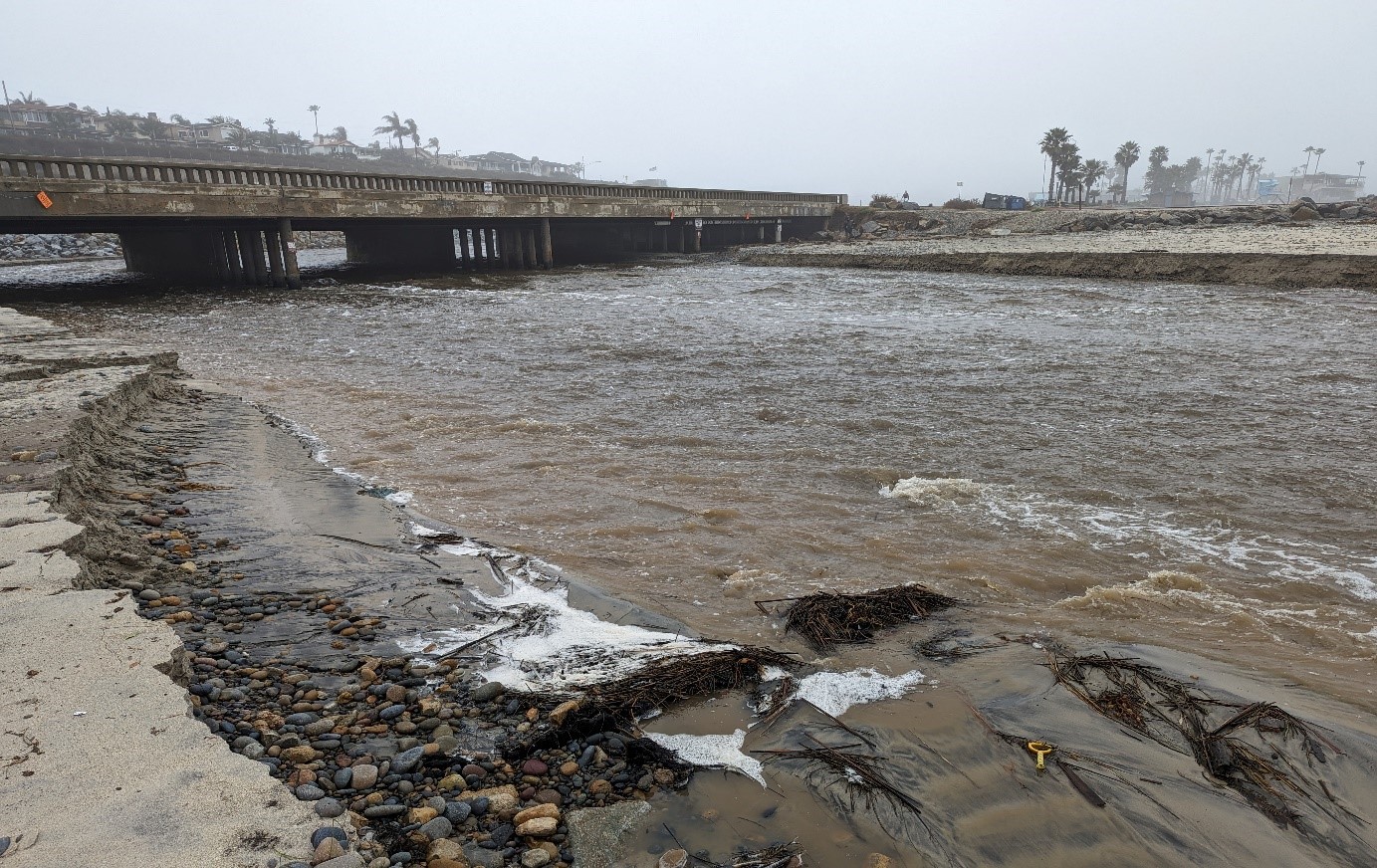
Three weeks ago, the inlet at Cardiff State Beach, which connects San Elijo Lagoon to the ocean, was obstructed due to sand and sediment accumulation from winter storms and high waves.
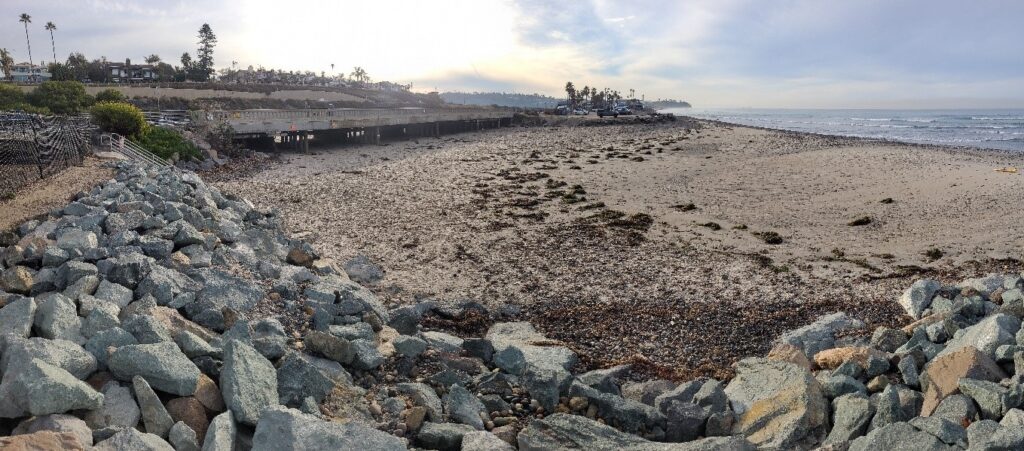 Above: San Elijo Lagoon closed inlet
Above: San Elijo Lagoon closed inlet
This obstruction affected the lagoon’s tidal circulation, resulting in persistent flooding and degradation of the water quality. The ebb and flow of the ocean are crucial as they prevent prolonged flooding and enhance water quality and habitat. Nature Collective checks the Lagoon’s water quality daily to ensure the oxygen levels are sufficient for aquatic life.
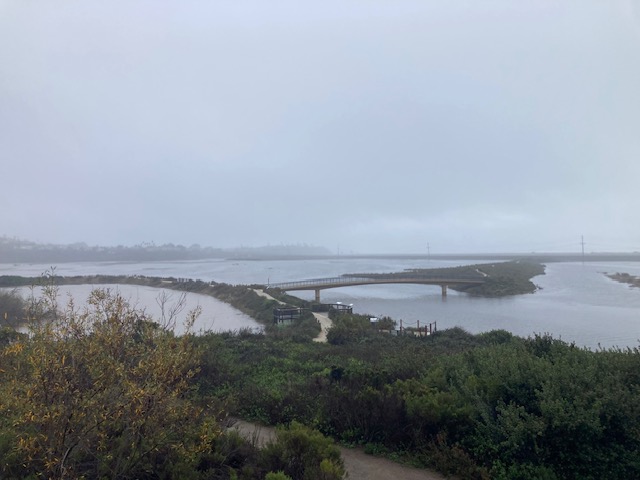 Above: San Elijo Lagoon flooded due to rain, inlet closure. and Escondido Creek runoff.
Above: San Elijo Lagoon flooded due to rain, inlet closure. and Escondido Creek runoff.
We also monitor the water levels as high levels for extended periods can disrupt the salt marsh habitat for various species, including the endangered Ridgway’s Rail and the Belding’s Savannah Sparrow.
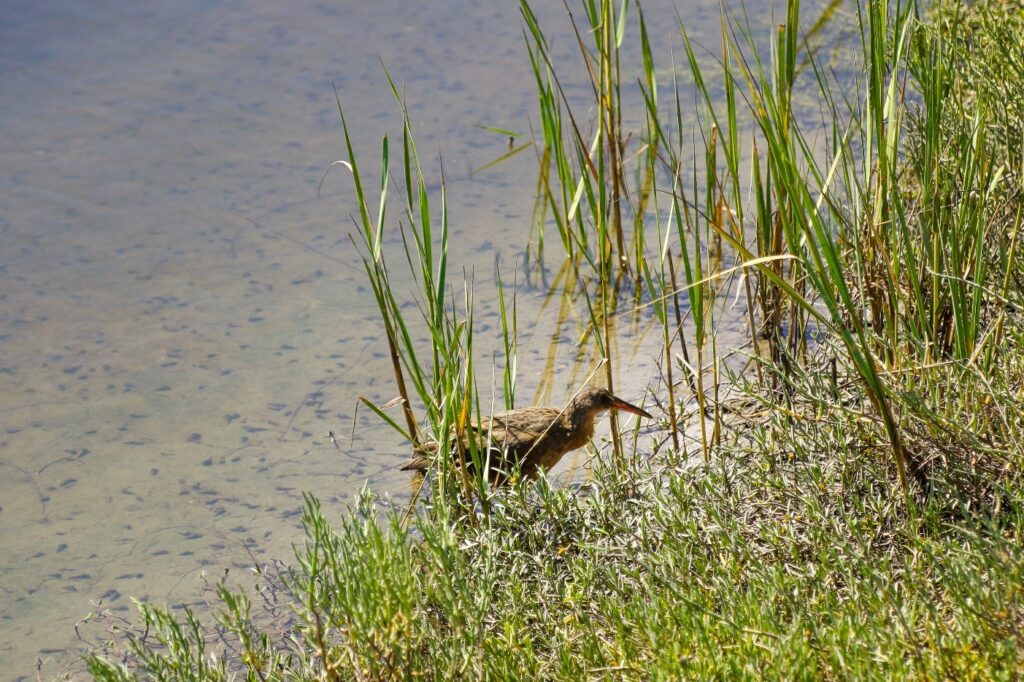 Above: Ridgway’s Rail in California cordgrass, its preferred habitat.
Above: Ridgway’s Rail in California cordgrass, its preferred habitat.
Given our monitoring efforts and unsuitable oxygen level readings, Nature Collective decided to intervene last week, scheduling a mechanical breach of the inlet to boost tidal circulation.
However, yesterday the inlet opened without assistance due to nearly two inches of rainfall and significant water flow from the Escondido Creek watershed that begins at Lake Wohlford in Escondido.
Over the next few days we expect the water level to lower.
 Above: Rain increment reading along the Escondido Creek at El Camino del Norte Olivenhain, Encinitas
Above: Rain increment reading along the Escondido Creek at El Camino del Norte Olivenhain, Encinitas
 Above: Stream level reading at peak flow along the Escondido Creek at El Camino del Norte Olivenhain, Encinitas
Above: Stream level reading at peak flow along the Escondido Creek at El Camino del Norte Olivenhain, Encinitas
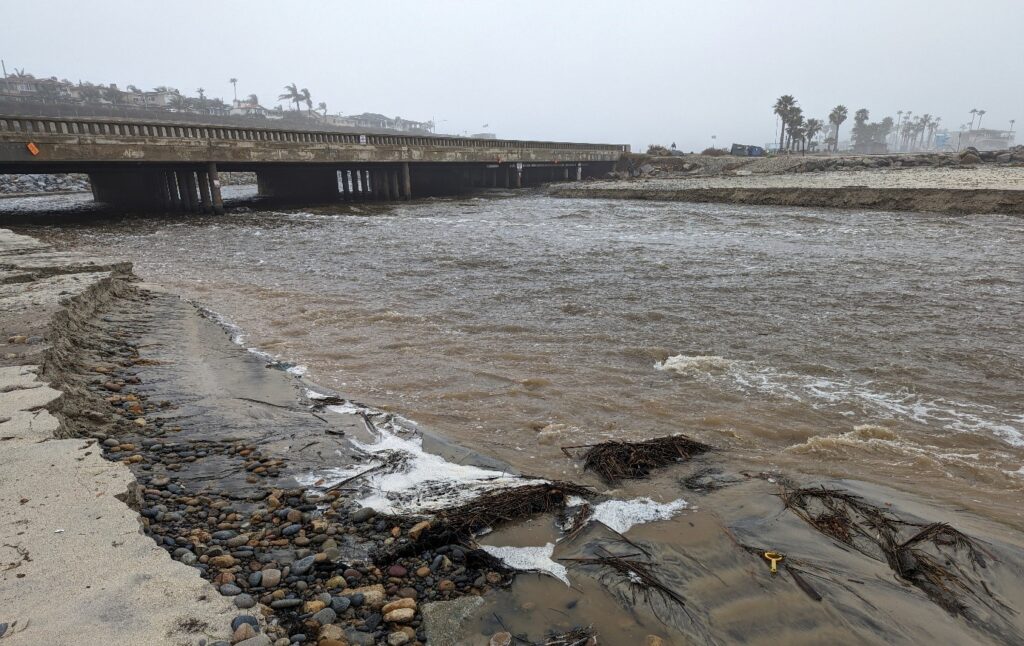 Above: Inlet reopened at peak flow. (Click photo for video.)
Above: Inlet reopened at peak flow. (Click photo for video.)
Nature Collective will continue to closely monitor the San Elijo Lagoon and the inlet over the next few days to decide whether or not additional mechanical assistance is needed to remove more sand to allow more water to make its way out of the system.
Such scenarios provide a learning opportunity for us and scientists worldwide, as it allows us to gather essential information about the impact of rising sea levels on estuaries like San Elijo Lagoon and their dependent flora and fauna. Recently, we created transition areas above the current sea level to provide temporary refuge for animals as sea levels increase. One such transition area is located between the two pedestrian bridges near the Nature Center.
All trails at the Reserve have been reopened except for La Orilla and the Gemma Parks Loop.
Your donation makes urgent monitoring like this possible. Because of you, wildlife of all kinds, including endangered plants and animals, have more habitat to thrive.
Follow ( 0 Followers ) X Follow E-mail : * Follow Unfollow
Follow ( 0 Followers ) X Follow E-mail : * Follow Unfollow